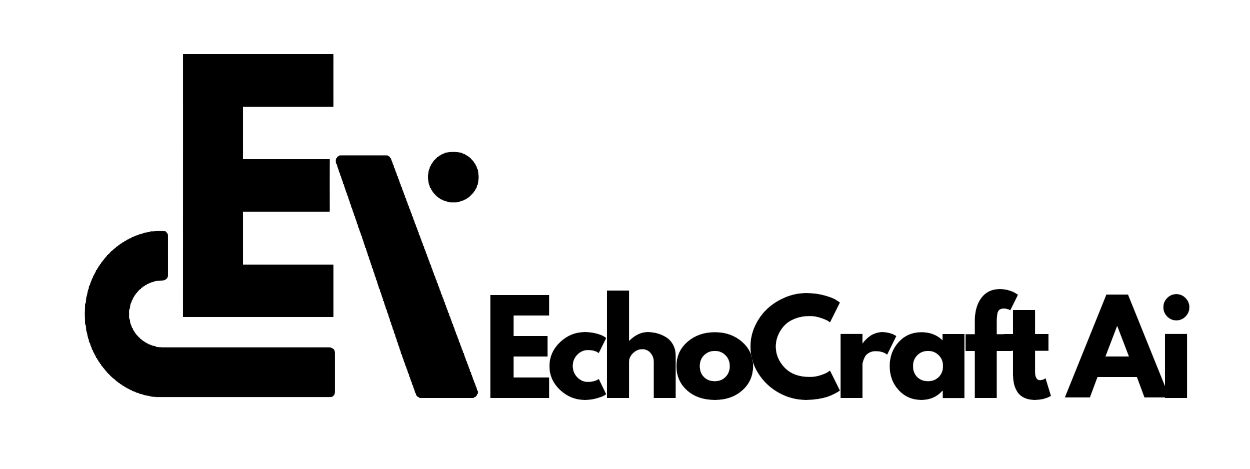Nvidia, in partnership with Google DeepMind and Disney Research, is developing a new physics engine, Newton, designed to enhance robotic movement in real-world environments.
Highlights
Announced by Nvidia CEO Jensen Huang at GTC 2025, the initiative marks a significant step in improving the expressiveness and precision of robots, with Disney among the first to integrate the technology into its entertainment robotics.
Newton: Advancing Real-World Robotic Interactions
Newton aims to bridge the gap between simulation and reality, enabling robots to interact more naturally with their surroundings.
Built on Nvidia’s Warp framework, the engine is optimized for AI-driven humanoid robots and robotic characters, allowing them to handle complex tasks with greater adaptability.
One of the key challenges in robotics has been accurately predicting interactions with objects like food, fabric, and sand.
Newton is designed to address this by simulating real-world physics more effectively, making it particularly useful for robots in dynamic environments.
It will also be compatible with Google DeepMind’s MuJoCo, a physics engine specialized in multi-joint robotic movement, offering developers a powerful tool for refining machine interactions with deformable and unpredictable objects.
Disney’s BDX Droids and Next-Gen Animatronics
Disney plans to integrate Newton into its next-generation robotic characters, particularly the BDX droids. These advanced animatronics are designed to navigate park environments, interact with guests, and enhance immersive experiences at Disney parks.
Performance Metrics Dashboard
The BDX droids have been under development by Disney Research and Walt Disney Imagineering R&D, with controlled demonstrations at events like SXSW 2025.
Now, Disney appears ready to bring them into its theme parks as part of an effort to make robotic characters more interactive and lifelike.
Public Debut and Future Deployments
At GTC 2025, Nvidia showcased a Star Wars-inspired humanoid robot named “Blue”, developed in collaboration with Disney Research and Google DeepMind. The demonstration highlighted Newton’s capabilities, emphasizing its potential to create more expressive robotic characters.
Disney plans to roll out BDX droids across its theme parks, including in attractions based on popular franchises like “The Mandalorian and Grogu.”
This move represents a broader industry shift towards incorporating advanced robotics in entertainment, offering visitors more interactive and engaging experiences.
Open-Source Collaboration and Industry Impact
Nvidia plans to release an early, open-source version of Newton later in 2025, fostering collaboration within the robotics community.
By providing a shared tool for simulating physical interactions, developers across various industries can accelerate advancements in robotic intelligence and movement. However, details regarding licensing and commercial applications remain unspecified.
This initiative aligns with a larger trend towards open-source solutions in technology, allowing for greater accessibility and innovation in fields ranging from entertainment to industrial automation.
Nvidia’s Expanding AI and Robotics Initiatives
The Newton announcement is part of a series of AI and robotics advancements unveiled by Nvidia at GTC 2025. The company also introduced:
- Groot N1, an AI foundation model designed to improve perception and reasoning in humanoid robots.
- Next-generation AI chips, including Blackwell Ultra and Rubin.
- A new line of personal AI computers, aimed at enhancing AI-driven applications.
With Nvidia’s growing influence in AI-powered robotics, its collaboration with Disney and Google DeepMind signals a major step toward more realistic and interactive robotic characters in entertainment.

